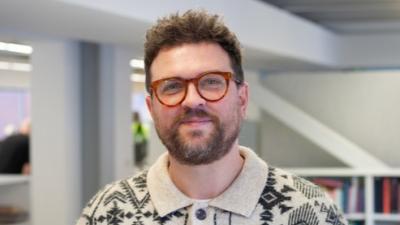Who or what inspired you to pursue a career in architecture?
Architecture has always been what I’ve wanted to do as a career. I was inspired by my design and technology teacher. He started his career as an architect and then became a teacher and spoke in class about how he had designed and built his own house. He tried to teach design and tech as a vehicle for delivering projects that are individual and personal and not just designing for the sake of it. Ever since that point, I have been inspired by how someone can use their imagination and create their own house, particular to their needs, style, and experience.
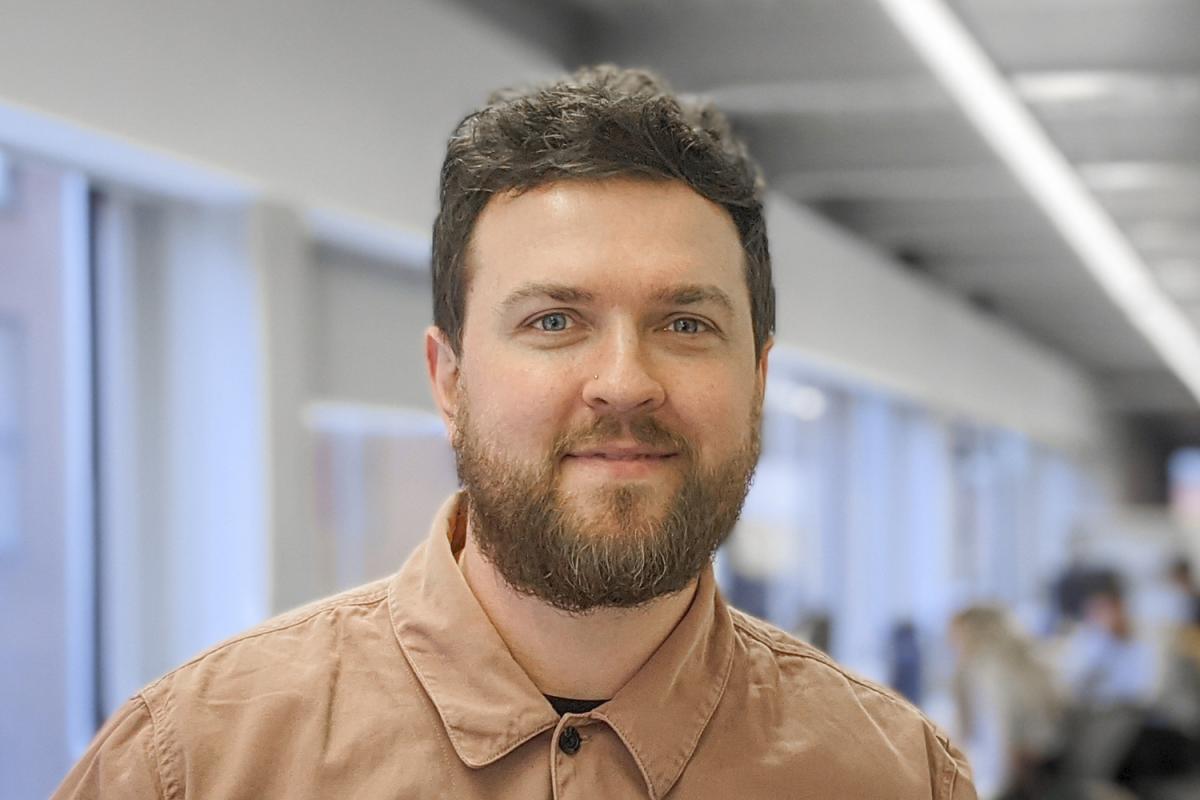
What was your journey to becoming an architect like?
I had quite a different start to becoming an architect than a lot of people in the studio. I started my career working in the visual merchandising team at the retail company, Urban Outfitters. It was more a niche, American company which was at this point beginning to expand into Europe. I’d love that we’d be given a design brief on Monday, and we’d have to implement it by the end of the week for the store to open. This was a fundamental time in my career when I learnt the importance of designing for the end-user experience. How the customer would move around, shop and enjoy their retail experience was paramount to my learning on how people use buildings and I feel this is one of my key strengths when we’re working in the studio on Buttress’ residential projects.
However, there are a lot of tangible things that translate across from visual merchandising to architecture. For example, the creativity and design aspect, and the spatial awareness, that transcends both. There’s also a meticulous attention to detail. I used to – and often still do – just use a pen and paper and sketch everything up.
I think architects can visualise something in their heads before they draw it. When I was working on in-store designs, I would always think it through in my head first and then work through the logistics after – getting it down on paper, getting the measurements, and making sure it worked for the space.
I had worked in retail visual merchandising for several years, and it was a great start to my career. I had worked in some great cities and travelled a lot, but as I had just turned 28 years old, I felt it was time that I should return to my first career choice of architecture. I was starting the seven-year qualification journey a little later than most people – but I knew it would be worth it.
Can you tell me about your favourite building or place?
I think Berlin is unique. The history of the city and what happened there – you can still feel its energy. There is also a lot of reverence in places like the Berlin Wall. You can see the different sides of the wall too and it’s nice to have those different elements within the city. Berlin’s very gritty, I like that bit of rough around the edges.
If I had to give my top three buildings in Berlin, I’d probably say the Neues Museum, the Neue Nationalgalerieb and the Jewish Museum. The Jewish Museum has a unique rawness to it that's very shocking and impactful, but the other two I like for very different reasons. The Neues Museum was partially bombed during the war and was renovated afterwards, but the renovation aimed to accentuate the destruction with modern interpretations and interventions. To me, The Neue Nationalgalerieb is a pure form of Mies van der Rohe's architectural style.
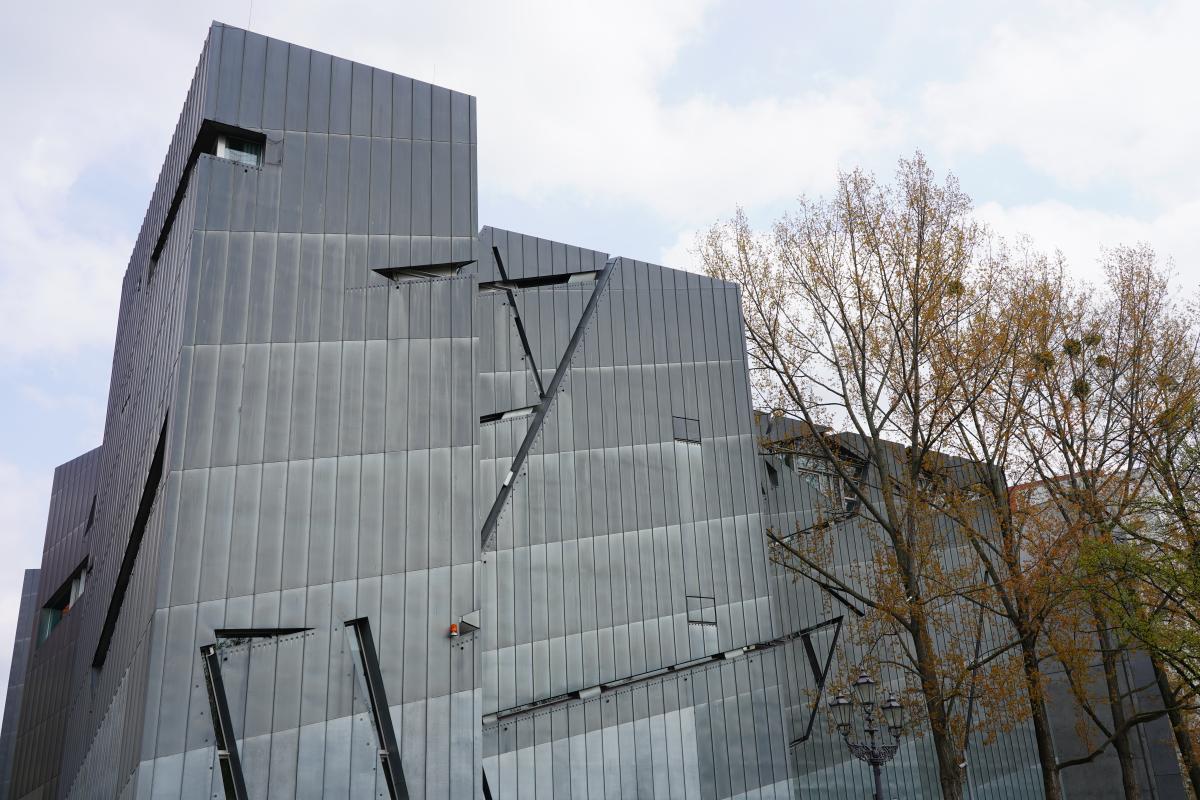
Tell us about a current project that you’re working on.
I’m enjoying working on the RSAP (Rough Sleepers Accommodation Programme) in Salford. It’s an interesting project as we’re designing properties for people who haven’t been in a secure, comfortable place to live and one they can relax and call home. It also is a place which will enhance their wellness by enabling people to prepare their meals, sleep in comfortable safe surroundings and know that this is their home to come back to. The scheme also provides vital postal addresses for people to live which will enable them to have bank accounts and apply for work. It will help people and communities enormously.
Another project is the residential scheme at Grey Mare Lane in Manchester. It’s great to be working on housing that will deliver a significant improvement in living standards and quality of life as well as improving energy efficiency.
The sense of community is key to me, how the houses all relate to each other and how its occupants move around their environment and this all connects back to my work in the retail sector. It’s important to retain the character and community value throughout the project, ensuring that the community recognises that they are respected and treated with respect.
What’s an element you think is unique to RSAP?
We wanted to thoroughly understand how a person would use their accommodation. We worked with the Salford charity, Loaves and Fishes and held engagement sessions with potential residents. We used virtual reality headsets for people to wear so that we could observe them virtually moving around the spaces, understand their requirements and plan the kitchen. We learnt that the occupiers didn’t want to be filed away in the corner of the development and wanted to be part of the existing community. RSAP is made up of small, individual units each with its own access points, we deliberately didn’t want the occupiers to feel like they’ve been bolted on. We needed to use brick to give a sense of permanence, structure and stability.
When we’re thinking about the end users, we have to consider things that aren’t typically thought about in other projects. In engagement sessions with potential residents, it was explained that they understandably didn’t want to be filed away in a corner of the development. RSAP is made up of small individual units, all with their own front doors but we didn’t want them to feel like a bolt-on. We decided to create a column line made out of brick to try and make the residents feel more integrated with the surrounding area.
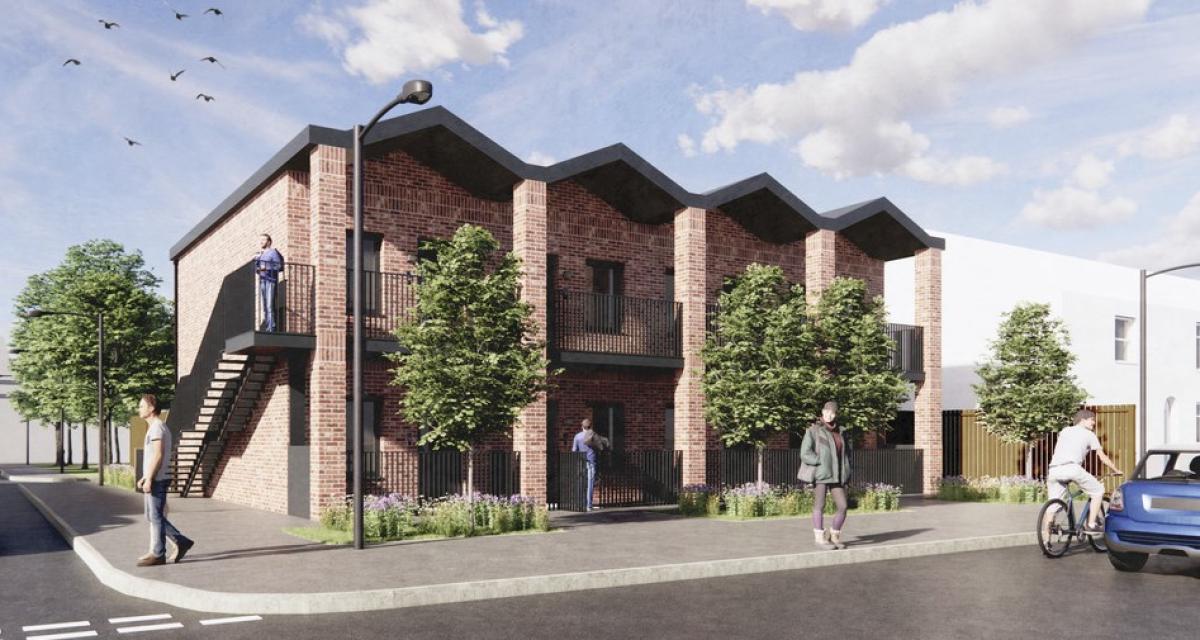
Is there a lot of community work involved in architecture?
Working in architecture, especially on the community-led projects I’ve been working on – you’re changing people’s lives for the better. It’s fantastic doing all the big elaborate projects or designing big houses for wealthy clients, but I think if you can give back to somebody, even by just sharing your experiences, you should. I’ve been doing charity work from a young age and I’ve been lucky to continue this through Buttress. For example, we regularly take part in the Tour De Manc cycling challenges - raising nearly £10k for Mustard Tree last year.
What advice would you give to a young person going into architecture?
Take your time. A lot of people rush through the process to become an architect and feel that they need to qualify at a particular age. Do it when the moment’s right for yourself. Get some related experience and then enjoy the journey to become a more well-rounded architect.

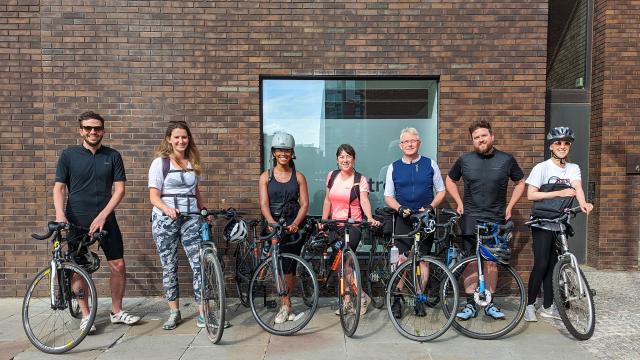
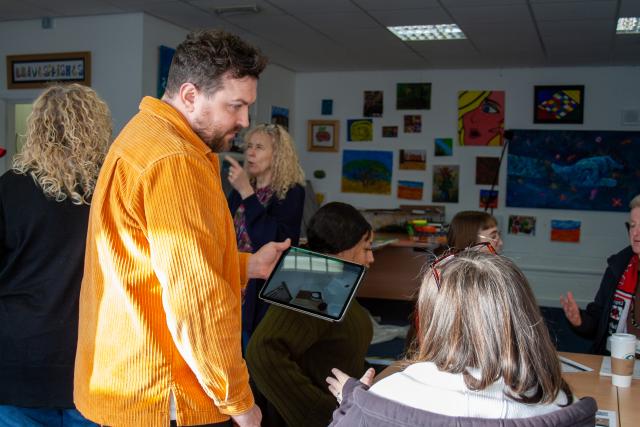
Above images: (Left) Paul was part of the Tour De Manc cycling challenging raising money for local charity, Mustard Tree. (Right) Paul working with local people to better understand their requirements.
What do you enjoy most about working at Buttress?
The culture and camaraderie. The people make it for me. We strive for better things as well. As I mentioned before, we do a lot of charity work – we try to reach out and affect people and communities. I also like that there are two parts to the wider team. The new build and heritage teams sit side by side and we get to see those projects as they develop, even if you’re not part of that sector.
What do you do in your spare time?
I enjoy just being with my family and being a dad. I like taking my son out, which is something I’ve missed recently whilst studying for my Part III. I am a very outgoing person but despite this, I like the small things. I like cooking and going for walks – I live in a small village and it’s just nice to kick back and enjoy life.
Question from Tammy, our previous Behind the B interviewee
What is your proudest achievement – or day-to-day motivator?
My son is what comes to mind first as my proudest achievement, he’s four years old now. Our IVF journey to have him was a long, challenging, emotional and sometimes very lonely process. To finally get there and be a dad was the best thing. I openly talk about our IVF journey as I know it may help another person going through the same challenge and give them support and hope. It was a difficult period in our lives, but one I’m happy to share as I believe that men too should open up about their feelings and struggles.
Ironically, I think that’s what’s made my outlook on life feel a bit easier. I was very relaxed with all my recent exams because I think if you have a child through IVF, you can do anything.
My day-to-day motivator? To try and do a better day than I did yesterday.
Featured Projects
Paul Wright
Paul is a skilled architect whose experience includes a broad range of residential, commercial and masterplanning projects.
